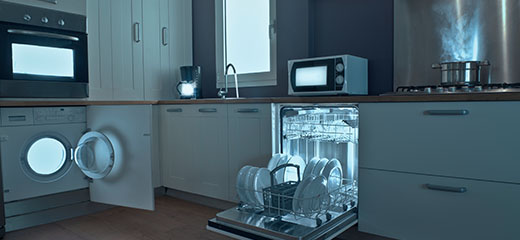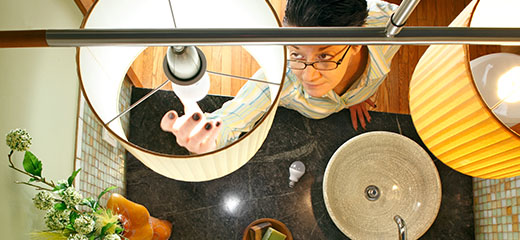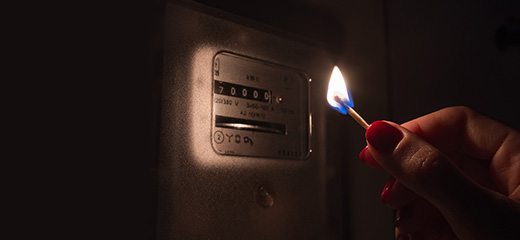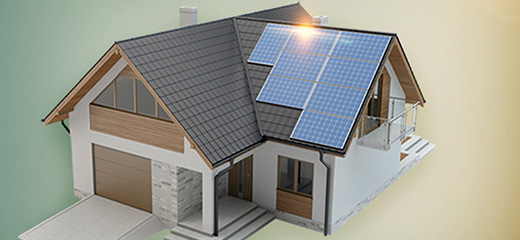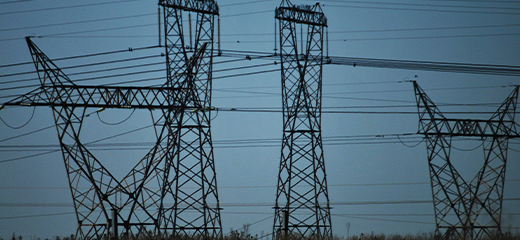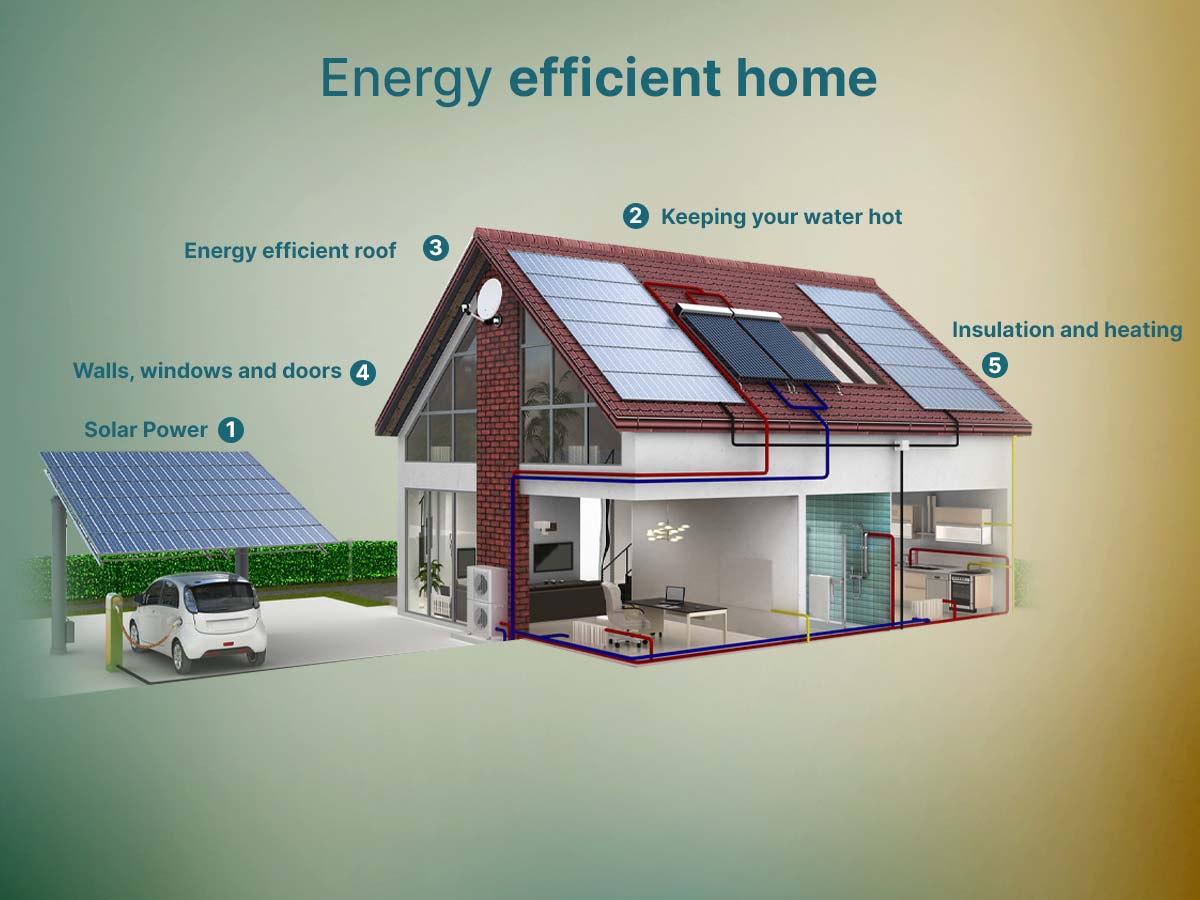
Save money
What makes a home energy efficient
If you're looking to improve the energy efficiency of your home, then there are five structural areas to look at investing in to get the best results and lower your monthly electricity bill.
Whether it’s power grid shortages, rising electricity prices or the dangers of climate change, many homeowners are looking at their own properties and looking for ways to improve energy efficiency.
While there are many device upgrades and behavioural changes that can bring down household electricity usage, looking at your home’s structure can bring about long-lasting efficiency improvements.
- Solar power: South Africa’s warm climate offers homeowners a great opportunity to reduce their reliance on the electricity grid with a move to a cleaner, more sustainable source of power. What’s more, even an entry-level system can give homes some protection from loadshedding and the inevitability of rising utility costs.
- Water heating: Many homeowners don’t realise just how much electricity goes into water heating. In fact, in the average household, water heating is the largest consumer of electricity in the home. Whether it’s upgrading your geyser or element or switching to more energy-efficient options such as gas, solar or heat pump technology, investing in this unseen area of your home can have a significant impact on your monthly bills.
- Energy-efficient roof: Your roof is one of the hardest working areas of the home, braving the worst of weather conditions and protecting your family and possessions from the elements. It is also the area that has a significant impact on your heating and cooling costs. Keeping your roof in good condition is essential to keeping a handle on your monthly electricity costs and upgrading either the roofing material or even the paint to energy-efficient options can make a dent in your energy consumption.
- Walls, windows and doors: If you think that there’s not much that can be done about these structural elements of the home, think again. Keeping your walls and plaster in good condition prevents significant and expensive damage down the line. While you’re at it, pay attention to any gaps or cracks surrounding your doors and window frames as these will also only get worse over time. Speak to your hardware store or window and door specialist about upgrading the glazing of your windows or installing sealer strips on both doors and windows to keep heat in or out.
- Insulation: When was the last time you did a condition check on your insulation? The impact of insulation on reducing heating and cooling costs can not be underestimated. When in good condition, insulation prevents heat from escaping through the roof during winter and radiating into the house during the summer. This long-lasting investment can change the ambient temperature in your home by around 5˚.
Interested in improving your home's energy efficiency?
Head to LookSee for a range of vetted products and services aimed at helping you save money.
Related articles:

